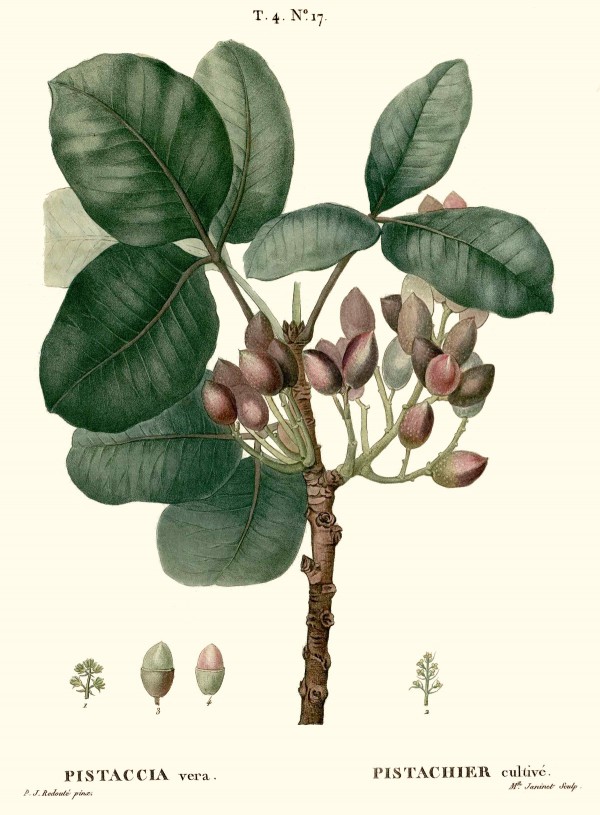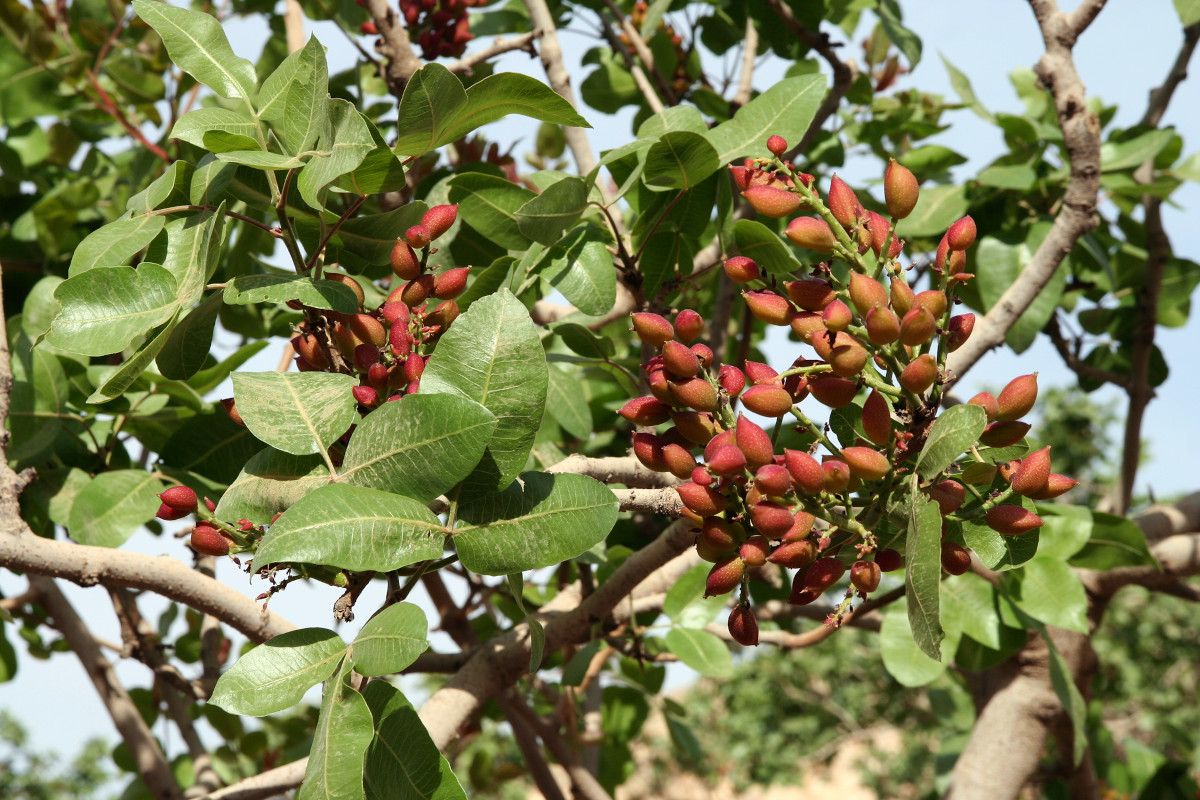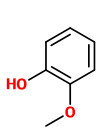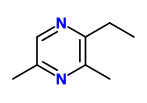Pistacia vera l. - Anacardiaceae - pistachio, (Echte) Pistazie, Pistazienbaum
Dioecious deciduous shrub, native to West and Central Asia, currently distributed throughout the Mediterranean basin, cultivated since ancient times.
„The kernels are often eaten whole, either fresh or roasted and salted, and are also used in pistachio ice cream, kulfi, spumoni, historically in Neapolitan ice cream, pistachio butter, pistachio paste and confections such as baklava, pistachio chocolate, pistachio halva, pistachio lokum or biscotti and cold cuts such as mortadella. Americans make pistachio salad, which includes fresh pistachios or pistachio pudding, whipped cream, and canned fruit.“ wikipedia
„Major volatile compounds of the fresh pistachio nuts were detected as α-pinene (15.53-48.57%), α-terpinolene (1.66-23.06%), limonene (3.15-30.04%), and β-myrcene (3.50-8.95%), respectively. Sensory flavor profile analysis (FPA) techniques demonstrated the common descriptors for fresh pistachio nuts as fresh hazelnut, fresh walnut, fresh apricot kernel, pine, wet wood, green, sour, sweet, bitter, astringent, milky, and oily.“
[Investigation of volatile compounds and characterization of flavor profiles of fresh pistachio nuts (Pistacia vera L.)., Kendirci, P., Onoğur, T.A., International Journal of Food Properties, 14(2), 2011, 319-330]
„VOC analysis shows that Argentinean pistachio nuts are rich in monoterpenes, mainly limonene (citrus, mint), α-pinene (pine, turpine), and 3-carene (lemon, resin)… Considering the study case, 97 % of aromatic and basic tastes in pistachio nuts could be explained by three VOCs, namely, limonene, α-pinene, and 3-carene.“
[Matching Changes in Sensory Evaluation with Physical and Chemical Parameters, A Case Study: Argentinean Pistachio Nuts (Pistachia vera L. cv Kerman)., Ribotta, P. D. María C. Penci, Marcela L. Martinez, María P. Fabani, Gabriela E. Feresin, Alejandro Tapia, Maximiliano Ighani., Food Bioprocess Technol Vol.6(12), 2013, 3305–3316]
More than 69% of the total peak area (GC-MS) of volatiles of SPME extracts of fresh pistachio nuts was composed of (Z)-9-octadecanoic acid isomers. Other components were α-pinene (10.2%), β-myrcene (1.8%), limonene (1.4%), α-terpinolene (6.3%), azulene (0.1%), 2-decenal (0.6%), 2-octenal (0.7%), and 8-heptadecene (0.1%).
[Comparision three different techniques for extraction of volatiles from pistachio nuts., Kendirci, P., Onogur, T.A., In 9th Baltic Conference on Food Science and Technology„ Food for Consumer Well-Being“ FOODBALT 2014, Jelgava, Latvia, 8-9 May, 2014 (pp. 289-293). Latvia University of Agriculture, Faculty of Food Technology.]
The potent odorants present in roasted pistachio aroma of Kerman (Spain) and and Fandooghi (Iran) varieties are almost the same (HS-SPME, GCO, AEDA 4:1). The main difference lies in the perception intensity of some of those compounds. There were 8 regions with the same FD of 1024 and 10 with FD 256. Highest FD factors of 1024 showed 2-methylbutanal / 3-methylbutanal (malty), unknown (earthy), octanal (citrus), 2-acetyl pyrroline (roasted nuts, corn), unknown (rubber, plastic), unknown (ruber, sulfur-like), unknown (anis-like), and guaiacol (smoky). Among the 10 flavor-active components with FD 256 were isobutanal (malty), (Z)-4-heptenal (fishy), 1-octen-3-one (mushroom), dimethyltrisulfide (sulfur-like), 2,3-diethyl-5-methylpyrazine / 3,5-diethyl-2-methylpyrazine (fatty, green-like), (E)-2-nonenal (paper-like), 2-methylbutyric acid / 3-methylbutyric acid (blue cheese, sweaty), benzyl alcohol (sweet), unknown (green pepper, earthy), and methyl laurate (fatty, flowery).
„The descriptive sensory analysis (DSA) showed that the roasted, chocolate/coffee, and nutty attributes were rated significantly higher in the Fandooghi variety, whereas the green attribute was significantly higher in the Kerman one.“
[Determination of Roasted Pistachio (Pistacia vera L.) Key Odorants by Headspace Solid-Phase Microextraction and Gas Chromatography- Olfactometry., Aceña, L., Vera, L., Guasch, J., Busto, O., Mestres, M., Journal of agricultural and food chemistry, Vol.59(6), 2011, 2518-2523]

Duhamel du Monceau, H.L., Traité des arbres et arbustes, Nouvelle édition [Nouveau Duhamel]
vol.4 t.17 (1809) [P.J. Redouté] plantillustrations.org

Pistacia vera, Halfeti, Şanlıurfa, Türkiye © Vincent Palomares (2008) CC BY-SA 4.0 wikimedia



